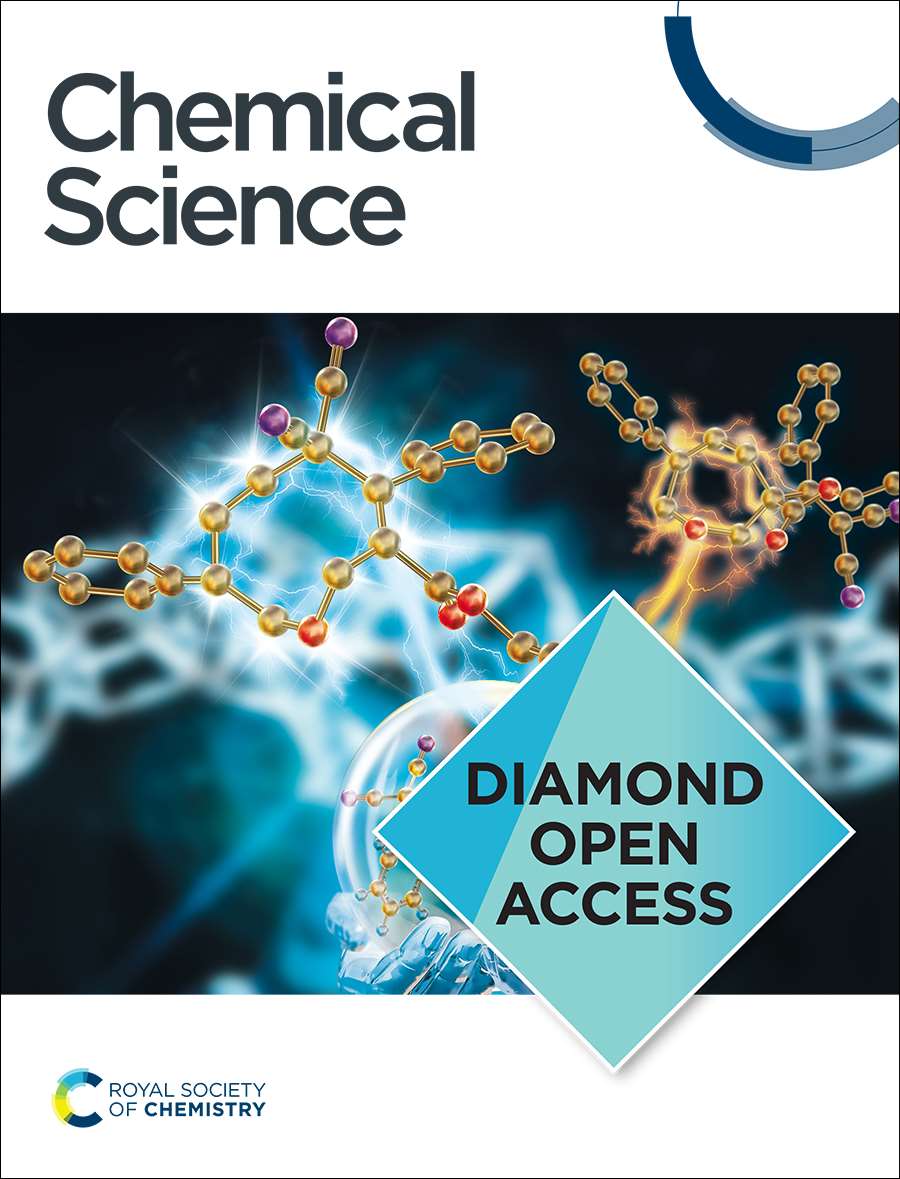Encapsulation of reactive species within metal-organic cages
IF 7.6
1区 化学
Q1 CHEMISTRY, MULTIDISCIPLINARY
引用次数: 0
Abstract
Reactivity under confinement often differs greatly from reactivity in the bulk. Metal-organic cages (MOCs) are a class of discrete, solution-processable container molecules encompassing well-defined nanospaces, which can be rapidly constructed in modular fashion via self-assembly. Supramolecular chemists have created an extensive library of MOCs and demonstrated their ability to serve as molecular flasks, with cavities tailored to bind guests of interest. In this review, we cover selected examples of the encapsulation and relative stabilisation of reactive species within MOCs, from early reports to the most recent developments. Most reactive species are not inherently unstable; but they persist only as long as they do not encounter a partner with whom they can react. MOCs can prevent or reduce the rate of this deletrious reactivity through acting as a shield and providing a physical barrier between an encapsulated reactive guest and other system components regularly encountered in the bulk environment, including air, water, solvent, light, another molecule of itself, or a co-reactant. Thus, MOCs can extend the lifetime of these short-lived reactive species enhancing their study, or allowing for different reactivity to be explored. Examples have been segregated based on the nature of stabilisation (i.e., with what partner a reaction has been prevented). We believe this analysis will help provide more nuanced understanding of what types of highly reactive species can be tolerated within a dynamic MOC system to enable MOCs to find use in a wider variety of real-world applications.在金属有机笼内封装活性物质
约束下的反应性往往与体中的反应性大不相同。金属有机笼(moc)是一类离散的、可溶液处理的容器分子,包含定义良好的纳米空间,可以通过自组装以模块化方式快速构建。超分子化学家已经创建了一个广泛的moc库,并展示了它们作为分子烧瓶的能力,它们的空腔可以根据感兴趣的客人进行定制。在这篇综述中,我们涵盖了moc中活性物质的包封和相对稳定的一些例子,从早期的报道到最近的发展。大多数反应性物质并非天生不稳定;但它们只有在没有遇到可以与之产生反应的伴侣时才会持续存在。moc可以起到屏蔽作用,并在被封装的反应客体与其他系统组分(包括空气、水、溶剂、光、自身的另一分子或助反应物)之间提供物理屏障,从而防止或降低这种有害反应的速率。因此,moc可以延长这些短寿命反应物质的寿命,加强对它们的研究,或者允许探索不同的反应性。根据稳定性的性质(即,与哪个伙伴发生了反应)对示例进行了分类。我们相信这一分析将有助于更细致地了解在动态MOC系统中可以耐受哪些类型的高活性物质,从而使MOC在更广泛的实际应用中得到应用。
本文章由计算机程序翻译,如有差异,请以英文原文为准。
求助全文
约1分钟内获得全文
求助全文
来源期刊

Chemical Science
CHEMISTRY, MULTIDISCIPLINARY-
CiteScore
14.40
自引率
4.80%
发文量
1352
审稿时长
2.1 months
期刊介绍:
Chemical Science is a journal that encompasses various disciplines within the chemical sciences. Its scope includes publishing ground-breaking research with significant implications for its respective field, as well as appealing to a wider audience in related areas. To be considered for publication, articles must showcase innovative and original advances in their field of study and be presented in a manner that is understandable to scientists from diverse backgrounds. However, the journal generally does not publish highly specialized research.
 求助内容:
求助内容: 应助结果提醒方式:
应助结果提醒方式:


